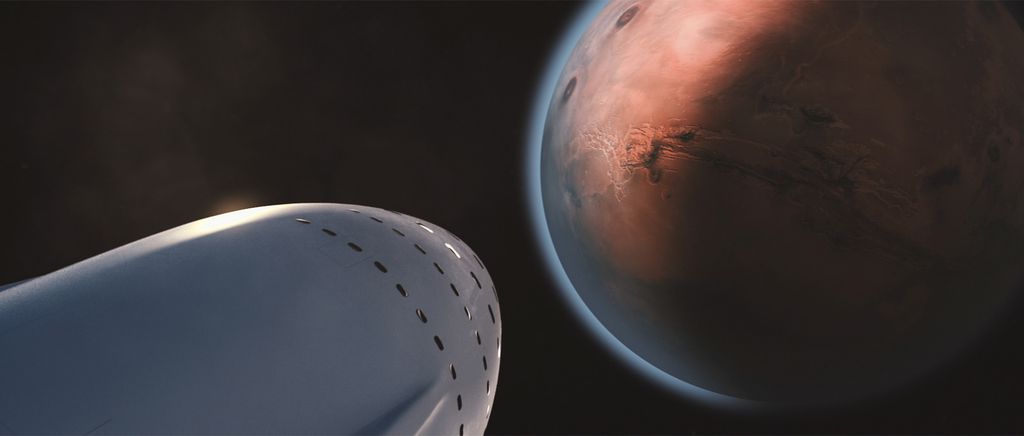
If you enjoyed the 16 Essential Sectors of Infrastructure, as described by the Department of Homeland Security, you are now invited to consider how these 16 different types of infrastructure might look on Mars.
Remember, the 16 sectors of infrastructure include the following categories:
With the recent announcement of SpaceX’s Big F[reakin’] Rocket, we are now that much closer to becoming a multi-planetary species [you can watch this video for an overview].
Still, propelling hundreds of thousands of people and equipment 128 million miles through space is just the beginning. Once the Mars settlers arrive, they’ll need to establish infrastructure -- quickly. Like their lives depend on it.
In addition to the challenge of time and distance, the mission to Mars will require equipment light and small enough to fit on one of SpaceX's rockets without compromising its launch.
Engineers might gain insights for deconstruction and reassembly from The Sanford Underground Research Facility (SURF) in Lead, South Dakota. For this project, the team designed components for a 7,000 acre, subterranean facility. This was like assembling a ship in a bottle, except instead of a traditional bottleneck, they were working with 8,000 verticle feet of an elevator shaft.
One thing they have going for them? Mars has only ⅓ the gravity of Earth. Imagine the possibilities!
While this may seem unrelated to the problem of America’s outdated and crumbling infrastructure, it’s important to consider the trickle-down effect of extreme engineering: whether it’s military research and development or space travel, there is a history of extreme engineering influencing improvements in consumer products.
Originally designed for unusual circumstances, many military born innovations have found their way to the consumer market.
I want to recommend a book to you – The Technological Society by Jacques Ellul.
John Wilkinson, the translator, in his 1964 introduction, describes the book this way:
“The Technological Society is a description of the way in which an autonomous technology is in the process of taking over the traditional values of every society without exception, subverting and surpassing those values to produce at last a monolithic world culture in which all technological difference and variety is mere appearance.”
This is the core of the dead-serious challenge we face. As we know all too well, technology does only one thing – it moves us toward increased efficiency. In its current iteration, it has no innate aesthetics. It has no ethics. Until (at least) the next phase of technological evolution, its code is binary.
But everything interesting in life – everything that makes life worth living – happens between that binary.
Parenthetically, we have to remember that all this technology we use was developed for the call to arms. Turing was breaking codes for spies, Oppenheimer was theorizing and realizing weapons. Many of the tools we use in recording studios: microphones and limiters and equalizers and all that, were also developed for the military.
To this point, designing for Mars could be the best hope for revitalizing design on Earth.
If it’s light enough for flight, compact enough for shipping, and simple enough for understaffed laypeople, the infrastructure for Mar’s first colonies might have incalculable benefit for the infrastructure of Earth in 2050!
